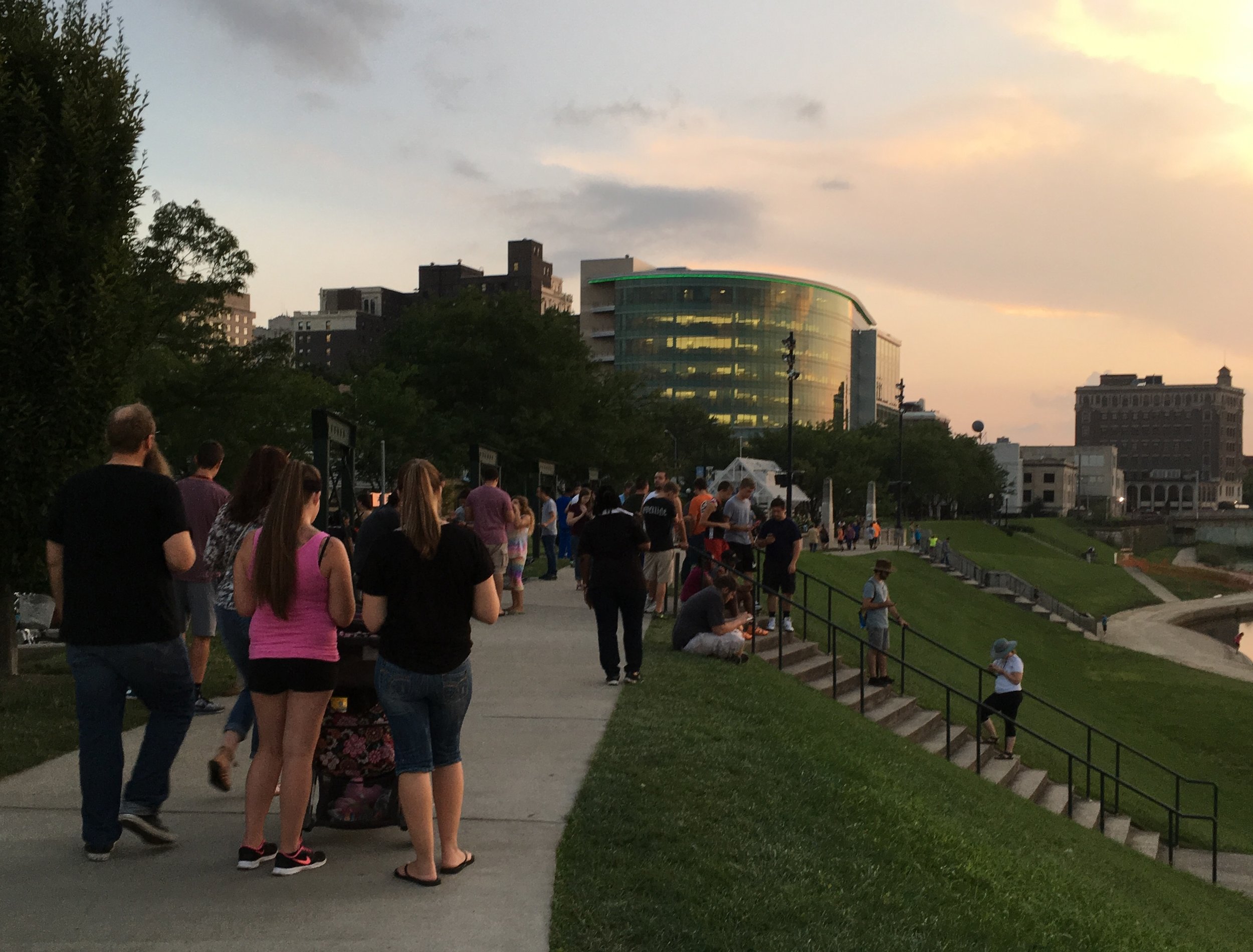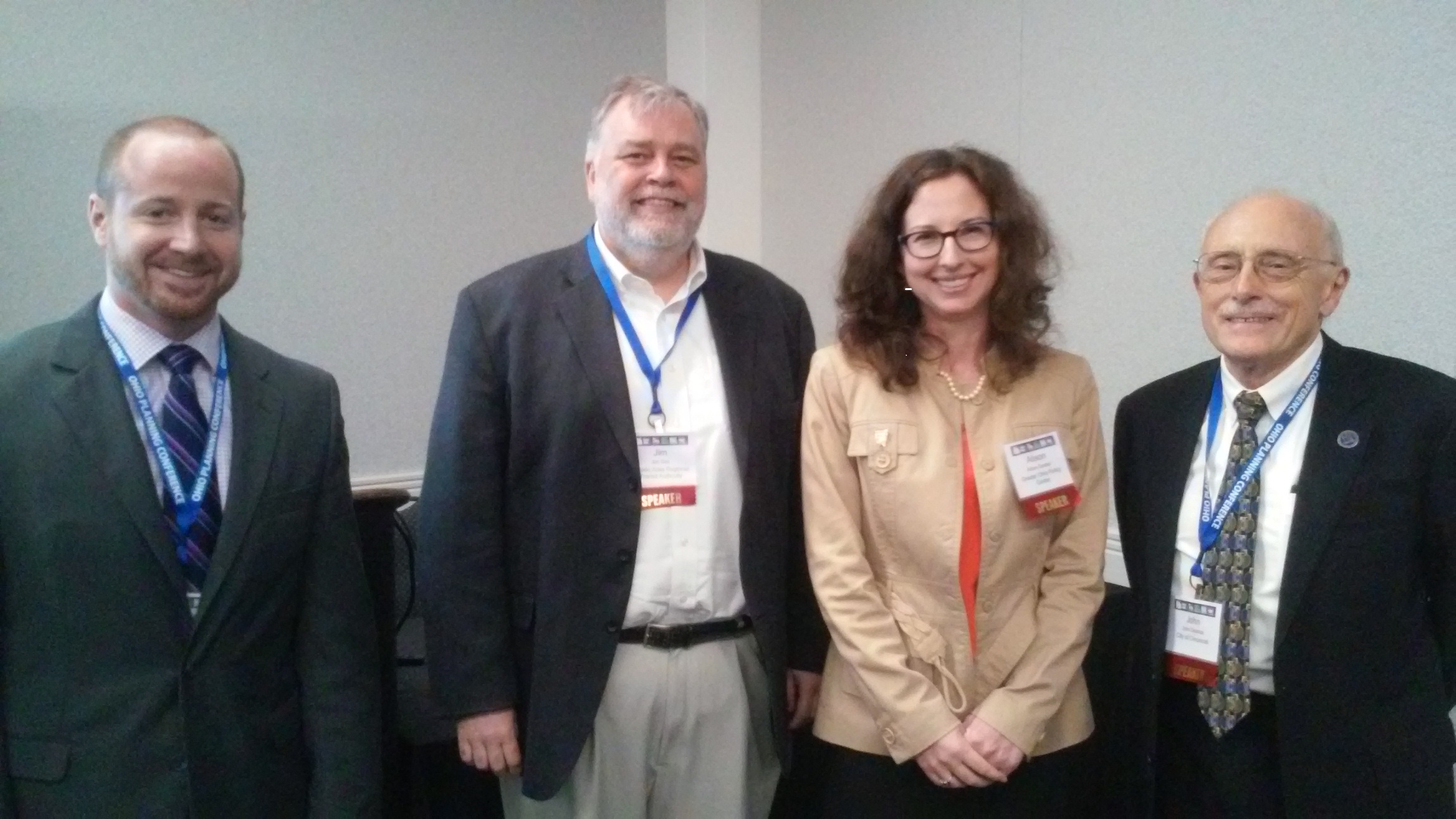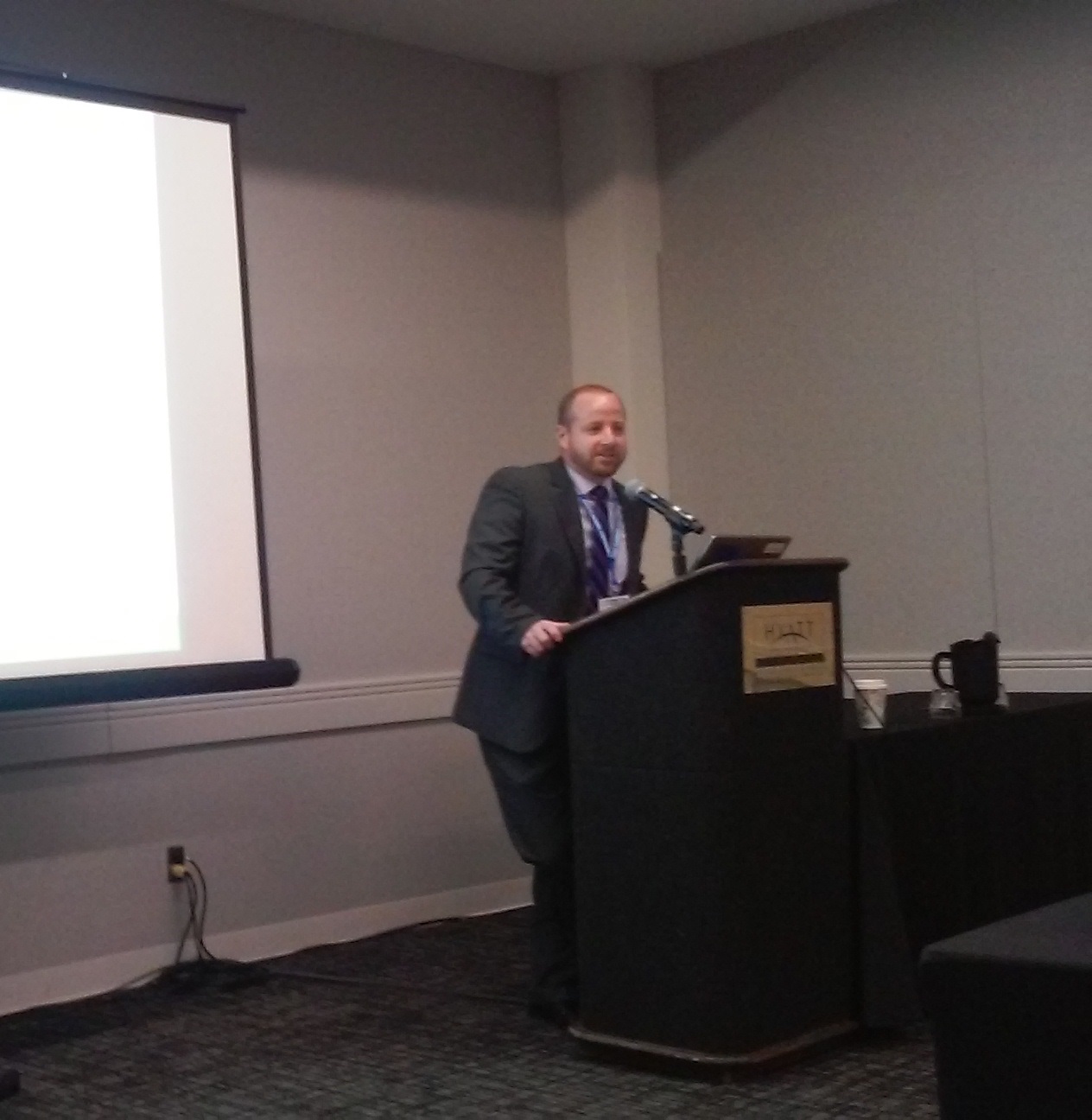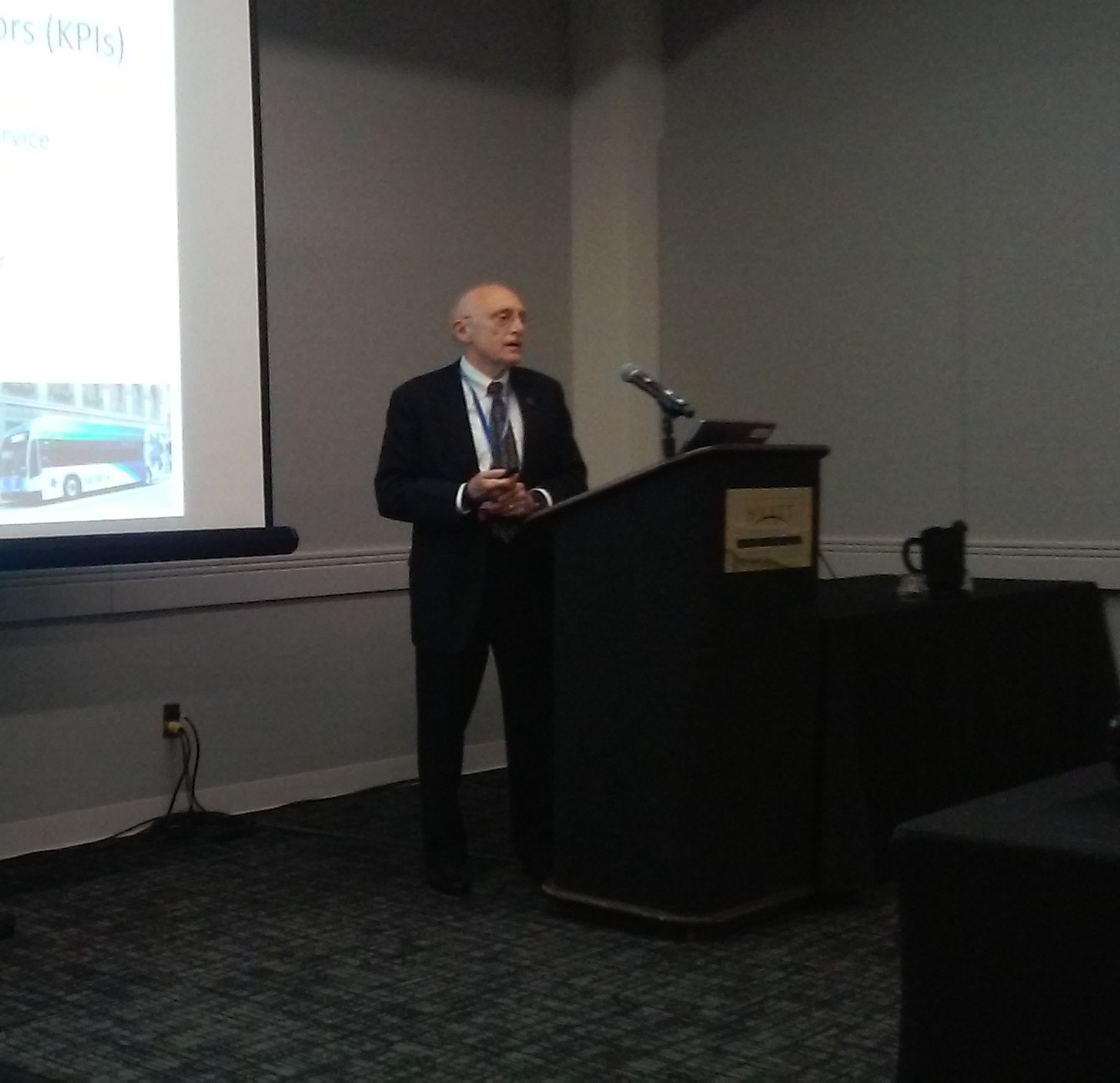The Greater Ohio Policy Center seeks qualified candidates to fill the Executive Director position. The description below is also available on the Job Opportunities page in PDF format.
This position will remain open until filled. Thank you for your interest in GOPC.
Executive Director
Greater Ohio Policy Center
Candidate Position Description
The Greater Ohio Policy Center (GOPC) seeks applicants to fill the position of the organization’s Executive Director. GOPC, a statewide non-profit organization based in Columbus and launched in 2008, has established itself as the lead policy, research and advocacy voice in the state advancing revitalization and sustainable development in communities and regions across Ohio. The GOPC ED operates in a strictly bipartisan manner and leverages GOPC’s reputation and role as a highly respected resource on these issues. Candidates for this position should have a deep passion for the organization’s mission as well as the ambition, leadership capacity and vision to continue to advance this highly effective organization. A GOPC ED candidate should be a strategic thinker with the ability to be entrepreneurial and opportunistic, while also being thoughtful and analytical about new policy needs and development.
The ED leads an organization focused on developing and advancing policies at the state level that align with local needs for economic and community regrowth. The GOPC ED is expected to identify policy gaps and to lead the development of new policies and tools that enable local leaders to undertake more effective economic and community revitalization activities. The GOPC ED will lead and manage a multi-talented staff whose skills represent the range of the organization’s effectiveness as a thought-leader, policy advocate, and partner in piloting new local practices. As such, the ED does not need expertise in all of these areas but should have the ability to manage individuals that are highly skilled in areas such as legislative affairs, research and data collection, communications, stakeholder outreach, and report writing. It is critical for the ED to be capable of aligning the organization’s research and report writing functions with its advocacy, outreach and education efforts. The ED should be highly collaborative by nature and be creative about forming new partnerships and building coalitions around the state to achieve policy goals.
Candidates should possess the following attributes:
- minimum of 5 to 8 years’ experience leading and managing a non-profit organization
- ability to inspire and be an effective leader
- an understanding and passion for the organization’s mission
- proven ability to conduct mission-driven fund development from a variety of private and non-profit sources, including grants and fee-for-service based contracts
- excellent communications and writing skills, including experience with public speaking, communicating with board and staff, and educating stakeholders, partners, and media
- ability to oversee and guide research projects aligned with policy outcomes and objectives, in collaboration with staff
- address and manage day-to-day organizational operations
Additional preferred attributes include:
- subject-matter expertise in one or more of the following areas: economic development, transportation, infrastructure, community and neighborhood redevelopment, and/or regional governance
- understanding of policy development and/or experience working with policymakers, preferably at the state level
- experience building and sustaining relationships with a wide range of stakeholders, including funders, local leaders and elected officials, non-profit partners, private sector parties and reporters
- experience in shaping, convening and leading stakeholder meetings, small roundtables and larger conferences tied to policy development and education to advance GOPC projects and organizational goals
- a sense of humor and ability to inspire and mentor staff
- an advanced degree in a related field, such as urban and regional planning, policy, or law.
The Executive Director is based in Columbus and works out of the GOPC Columbus office. Regular travel by car around the state is expected, with some work occasionally occurring after normal business hours. Greater Ohio Policy Center is an Equal Opportunity Employer.
Required Application Materials
Please include a resume and a cover letter that describes your qualifications for the job and why you are the best candidate to lead the Greater Ohio Policy Center.
Salary and Benefits
Greater Ohio Policy Center offers competitive salary, medical, dental, and life insurance benefits, a retirement plan, parking stipend, and highly competitive paid time off to employees.
About the Organization
The Mission of the Greater Ohio Policy Center is to champion revitalization and sustainable growth in Ohio.
Greater Ohio Policy Center (GOPC) is a mission-driven non-profit, non-partisan organization based in Columbus and operating statewide. GOPC develops and advances policies and practices that value our urban cores and metropolitan regions as economic drivers and preserve Ohio’s open space and farmland.
Through education, research and outreach, GOPC strives to create a political and policy climate that advances economic growth through urban revitalization, modernized transportation options, improvements to infrastructure, and talent development and retention within the state.
Application Deadline: position will remain open until filled.
Interested candidates should email a cover letter and resume to:
Peg Moertl, GOPC Board of Trustees
c/o Vanessa Bello,
vanessa.bello@pnc.com











